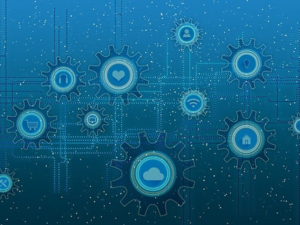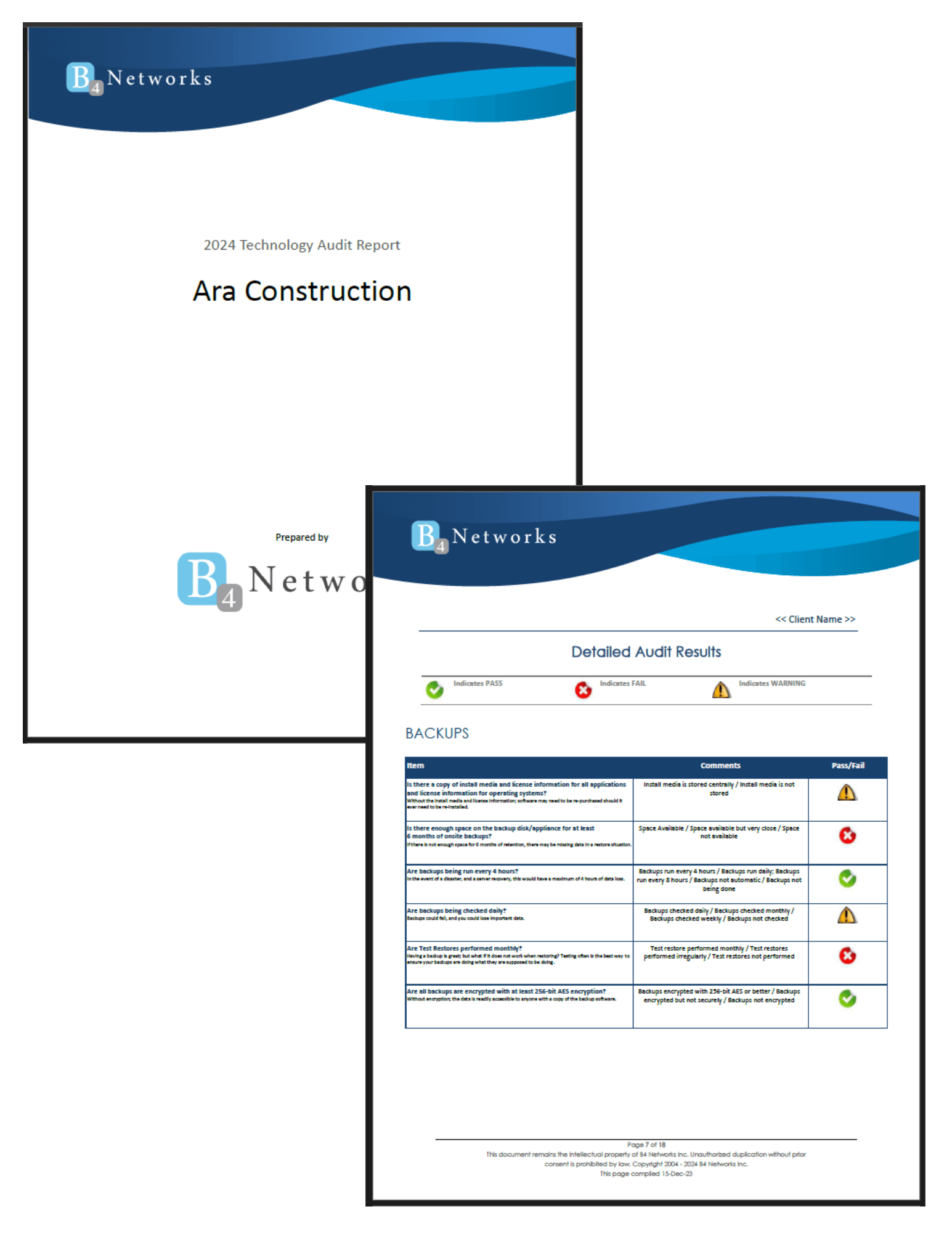Authored by: Bryan Lachapelle, President & CEO
 Critical infrastructure powers daily life - electricity, water, transportation, internet, and more. These systems are essential not just for cities or governments, but for businesses of every size, including greenhouse operations that rely on stable energy, digital controls, and remote monitoring.
Critical infrastructure powers daily life - electricity, water, transportation, internet, and more. These systems are essential not just for cities or governments, but for businesses of every size, including greenhouse operations that rely on stable energy, digital controls, and remote monitoring.
Understanding how cyberattacks infiltrate these vital systems can help protect operations, maintain compliance, and avoid costly disruptions.
Supply Chain Attacks: The Silent Backdoor
One of the most dangerous forms of attack is the supply chain breach. Instead of targeting a system directly, cybercriminals exploit weak points in third-party vendors, software providers, or hardware integrations.
These vulnerabilities might appear during a routine software update or through a trusted service provider. Once access is gained, attackers can bypass traditional defenses and infiltrate critical systems - such as environmental controls, inventory software, or irrigation automation—without immediate detection.
Insider Threats: Risk From Within
Insider threats involve individuals who already have legitimate access to sensitive systems - employees, contractors, or vendors. These threats are especially difficult to detect because they originate from within the organization’s perimeter.
Sometimes, insiders are manipulated through bribery, coercion, or social engineering. Other times, mistakes are unintentional - clicking on a malicious email or using a weak password. In greenhouse operations, one compromised login can expose climate controls, compliance data, or crop tracking systems to serious risk.
Malware and Ransomware: Fast and Costly Disruption
Malware is any software designed to disrupt, damage, or gain unauthorized access to systems. One of the most severe types is ransomware, which locks users out of their systems until a ransom is paid.
Ransomware is especially dangerous for critical infrastructure because it can bring essential services to a halt. Power grids, hospitals, and water systems have all been targeted - and growers aren’t immune. If a control system goes offline during peak season, the consequences can be immediate and expensive.
Why This Matters for Everyday Operations
Even if an operation isn’t directly tied to national infrastructure, the impact of an attack can still be felt. Many greenhouse systems connect to cloud platforms, rely on third-party software, or depend on public utilities. A breach in any link of that chain can cause downtime, data loss, or worse.
Staying aware of how these attacks work is the first step in reducing risk.
Knowledge is the First Layer of Protection
By learning how attackers infiltrate critical systems - through supply chains, insider access, or malicious software - businesses can strengthen their defenses, improve staff awareness, and make more informed decisions about technology partners.
Because protecting infrastructure isn’t just about firewalls and passwords - it’s about safeguarding the systems that support crops, customers, and peace of mind. Discover how infrastructure protection can prevent crop loss and costly downtime.



